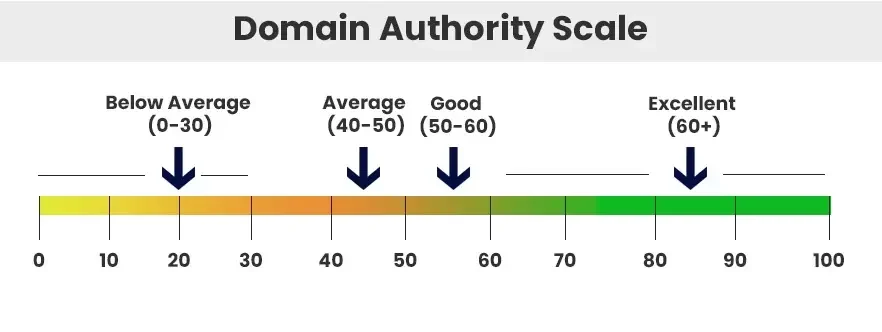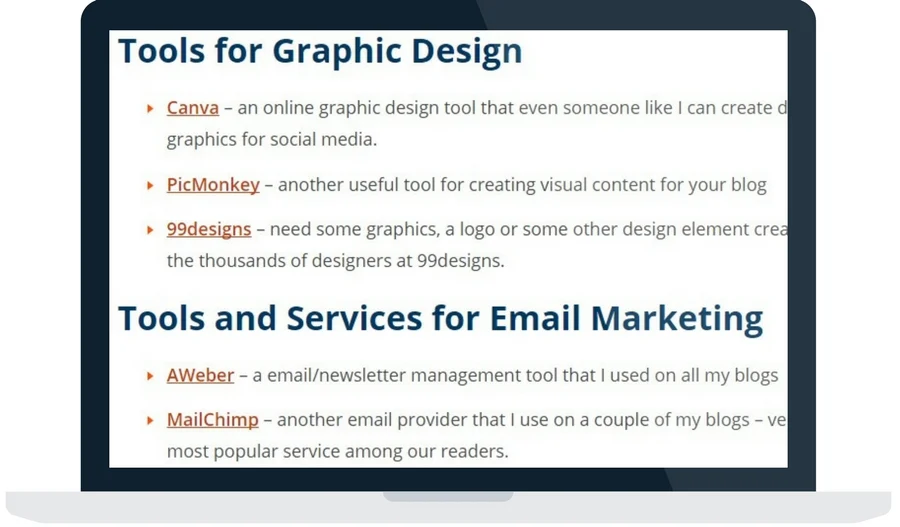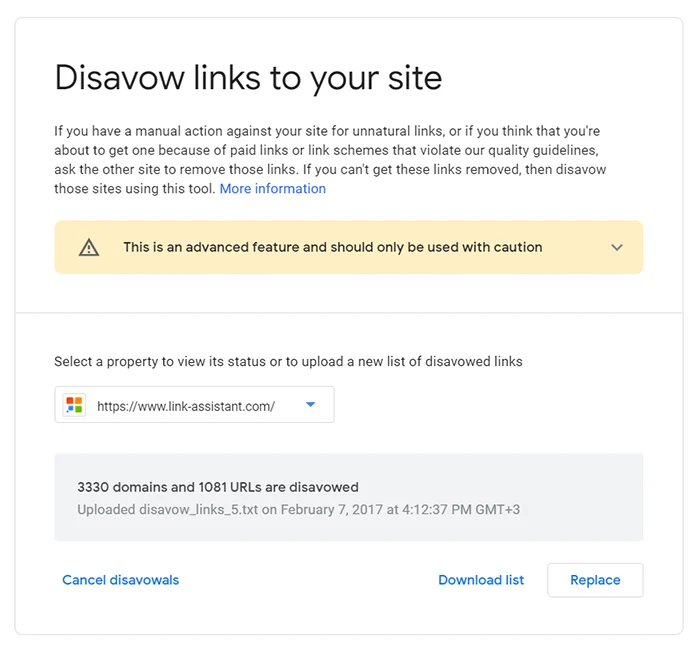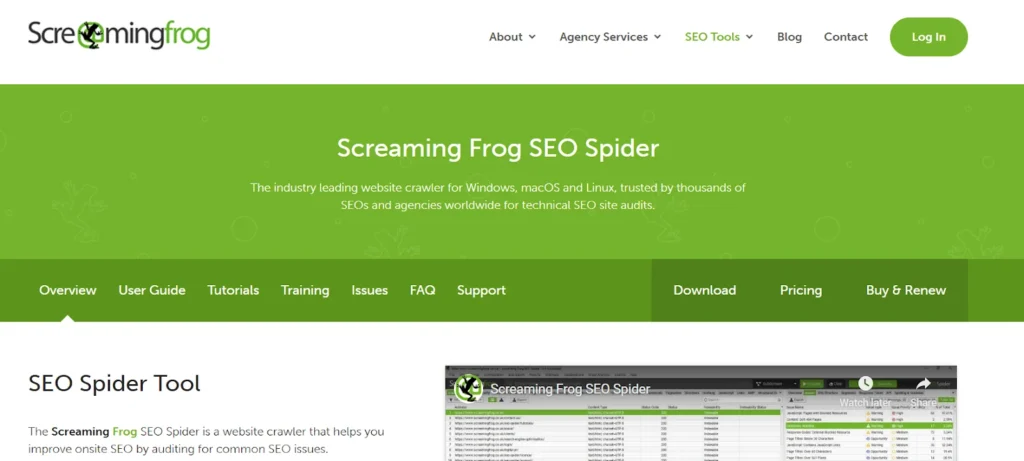Domain Authority (DA) has remained a central focus for SEO professionals, digital marketers, and business owners aiming to strengthen their online visibility.
While not a direct Google ranking factor, DA (developed by Moz) serves as a reliable comparative metric to evaluate how well a website is likely to perform in search engine rankings relative to competitors.
In 2025, increasing DA involves far more than acquiring backlinks. The algorithmic models powering tools like Moz’s Domain Authority have grown more sophisticated, relying on multiple SEO signals such as link quality, content relevance, and technical health.
Businesses competing in saturated digital environments must now think holistically about their SEO posture.
This blog will outline the most effective strategies to raise Domain Authority in a sustainable, white-hat manner. From cultivating high-quality links to enhancing site architecture and content, each tactic is tailored to align with evolving search behavior and algorithmic trends in 2025.
Table of Contents
Understanding Domain Authority in 2025
Domain Authority is a predictive metric scored on a 0–100 scale that estimates how well a domain is likely to rank on search engines compared to others.
DA draws on a range of SEO indicators (particularly the quality and quantity of inbound links) using machine learning to refine its accuracy.
In 2025, Moz’s DA algorithm considers several nuanced factors: the strength of referring domains, topical relevance, link spam patterns, and the distribution of internal links.
This makes DA a composite signal that reflects how search engines might assess a domain’s trust and authority.

While DA is not a direct ranking factor used by Google, a strong Domain Authority often correlates with better SERP visibility. That makes it a practical benchmark when evaluating SEO campaigns or comparing competitor domains.
As the landscape becomes increasingly AI-driven, focusing on the quality signals that affect DA is essential for long-term organic performance.
Build a High-Quality Backlink Profile
A high Domain Authority depends heavily on a robust backlink profile that emphasizes quality, relevance, and trustworthiness. Search engines treat authoritative backlinks as votes of confidence—signals that your content is worth ranking. However, not all links carry equal weight in 2025.
Use the following proven tactics to earn powerful backlinks:
- Guest Posting on Niche Authority Sites: Contribute well-researched, value-driven articles to websites within your industry. Prioritize platforms with strict editorial standards and established traffic.
- Resource Page Link Building: Identify resource or tools pages relevant to your niche and suggest your content as a valuable addition. These static pages are often long-lived and trusted by search engines.

- Data-Driven Content and Industry Studies: Publish original research or statistics that journalists and content creators can cite. Unique data tends to earn passive backlinks over time.
- Thought Leadership via Expert Roundups or Interviews: Participate in expert panels, podcasts, and interviews hosted by reputable brands. These collaborations often include backlinks and exposure to targeted audiences.
- Unlinked Brand Mentions and Link Reclamation: Use tools like Ahrefs or BuzzSumo to find unlinked mentions of your brand. Reach out to request link attribution where appropriate.
- Disavow Toxic Links: Routinely audit your backlink profile to eliminate links from spammy or irrelevant sites. To prevent a negative impact, submit a disavow file to Google.

A strategic focus on relevance, domain diversity, and long-term link value is key to maximizing backlink equity in 2025.
Create Content That Attracts Natural Links
Attracting natural backlinks depends heavily on the inherent value of your content.
When other websites find your resources compelling, credible, or uniquely insightful, they are more inclined to reference and link to it without outreach. This type of organic linking is one of the most sustainable ways to build authority.
The goal is to consistently produce content that solves specific problems or answers pressing questions in your industry. The more evergreen, data-driven, and actionable your assets are, the more link-worthy they become.
Key content formats that attract backlinks:
- Original Research or Case Studies: Publish proprietary data, experiments, or campaign breakdowns that others in your field can cite to validate claims or strategies.
- Long-Form Guides and Tutorials: Comprehensive, well-structured guides become go-to resources that others link to in blog posts, emails, or resource hubs.
- Visual Assets (Infographics, Charts, Diagrams): Visual summaries and data presentations simplify complex topics and are frequently embedded or referenced by third-party sites.
- Expert Roundups and Industry Insights: Involve credible voices to provide commentary on trends or tools. Participants often link back to the feature on their own platforms.
- Controversial or Opinion-Based Commentary: Insightful, defensible opinions on industry trends can drive debate, discussion, and link activity if positioned with authority.
This content should be SEO-optimized for discoverability, and distribution should include targeted outreach and syndication strategies.
Optimize Internal Linking and Site Structure
Internal linking remains one of the most overlooked but high-impact strategies for improving Domain Authority. Properly structured internal links help distribute link equity across your domain and improve crawlability for search engines.
In 2025, with search algorithms increasingly focused on topical authority, site structure plays a foundational role.
Strategically interlinking related content ensures that high-authority pages pass relevance signals to lower-authority but important URLs. This not only improves visibility but also supports contextual understanding of your content hierarchy by crawlers.
A well-organized site structure reduces crawl waste and enhances indexation. Categories, silos, and hubs should be logically arranged, with cornerstone content at the center of each cluster.
Consistent URL naming conventions and descriptive anchor text help reinforce topical relationships.
Regular auditing of orphaned pages (valuable content that lacks inbound internal links) can quickly surface ranking opportunities. Tools like Screaming Frog and Sitebulb make this process more efficient.

An optimized internal architecture strengthens authority signals across the site while improving the user’s navigation path, supporting both SEO and engagement.
Improve Technical SEO and Site Health
Even with high-quality content and a strong backlink profile, poor technical SEO can limit a site’s ability to rank and grow domain authority. Technical errors disrupt crawler access, reduce user satisfaction, and dilute the impact of other SEO strategies. Prioritizing site health ensures that link equity and relevance signals flow without obstruction.
Key areas to address include:
- Page Speed Optimization: Compress images, implement lazy loading, and leverage browser caching to reduce load times and meet Core Web Vitals thresholds.
- Mobile Responsiveness: Ensure the site is fully functional and visually optimized across all devices, as mobile usability directly influences search rankings.
- Secure HTTPS Protocol: Use SSL certificates to secure data transmission, which has become a baseline trust and ranking factor.

- Crawlability and Indexation: Audit and optimize robots.txt, sitemap.xml, and canonical tags to avoid duplicate content issues or blocked pages.
- Structured Data Implementation: Apply schema markup to content like FAQs, products, and reviews to improve search appearance and click-through rates.
- Fixing Broken Links and Redirects: Regularly scan for 404 errors or outdated redirects to preserve link equity and enhance user flow.
Establish Topical Authority in Your Niche
Search engines increasingly reward websites that demonstrate deep expertise and consistent coverage within a specific domain.
Establishing topical authority involves creating clusters of related content that explore core themes in exhaustive detail, while maintaining quality and semantic relevance.
To achieve this, focus on developing interconnected pillar pages supported by related subtopics. This builds a knowledge ecosystem that signals expertise and relevance to search engines. Use data, industry terminology, and updated references to reinforce credibility.
Consistency matters. Regularly update legacy content, expand on trending topics, and ensure your site remains a comprehensive resource in your vertical. Topical authority compounds over time, attracting backlinks and improving rankings even for newly published content.
Conclusion
Increasing your domain authority in 2025 demands a multi-pronged approach grounded in quality, structure, and strategy. It’s no longer just about acquiring backlinks—it’s about building a technically sound, content-rich, and authoritative presence that search engines trust.
Each element works together to improve visibility and organic performance, from enhancing internal architecture to establishing topical depth. Technical precision, strategic content creation, and intelligent link-building form the core of a sustainable domain authority strategy.
By investing in these foundational areas, it becomes easier to compete in competitive search landscapes and maintain long-term digital equity. The results are cumulative and measurable.


